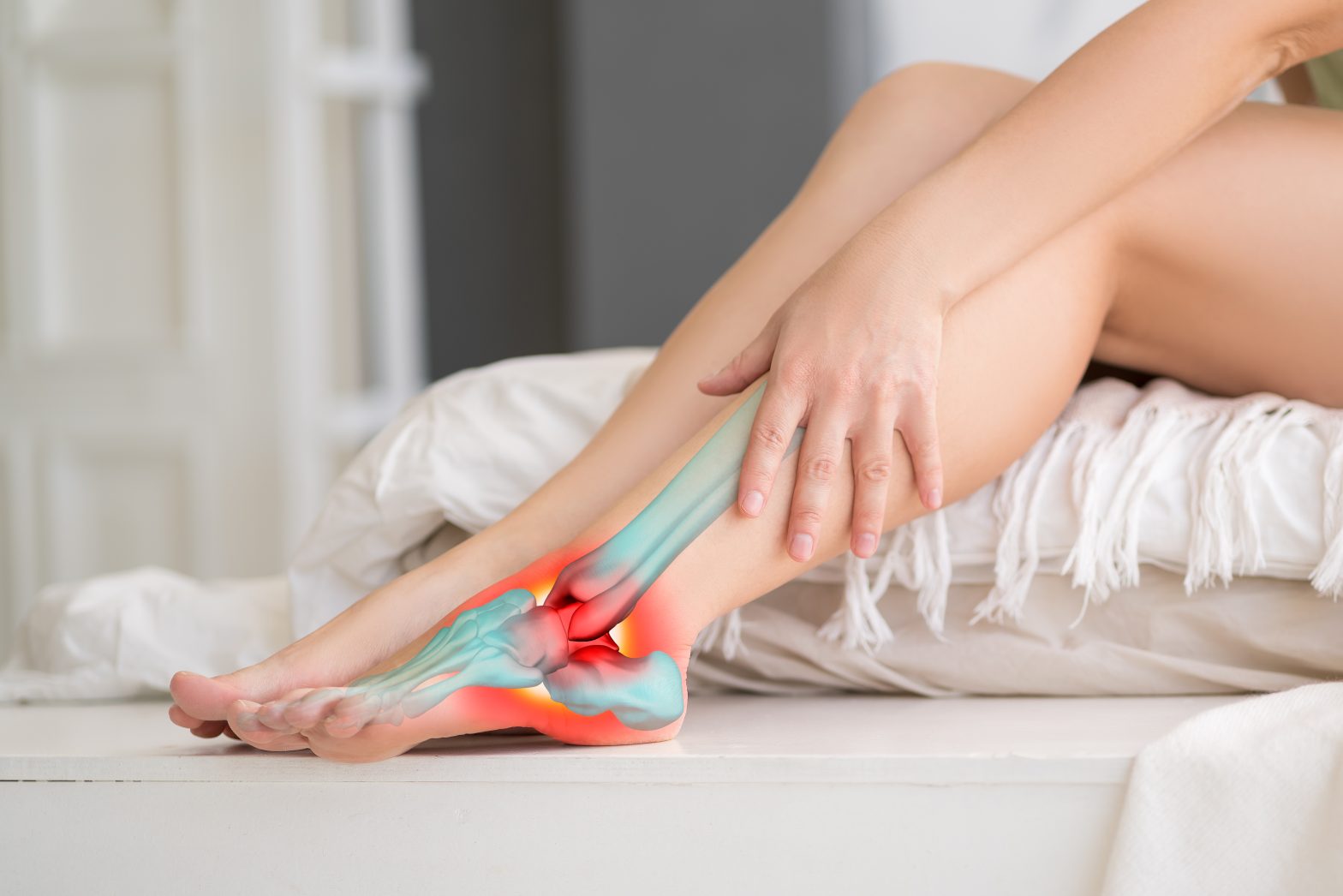Gout is a condition that has been documented in Classical Greece and Ancient Egypt. It was known as the “disease among kings”, such as Charles V and Henry VIII. In most cases, however, it is caused by the inability to eliminate uric acid via the kidneys.
The best Natural Treatment contains Boswellia and Curcumin: Gout Treatment
What is Gout?
Gout is caused by the accumulation of urate crystals within a joint or the surrounding tissues. Gout is a condition that occurs in patients who have high blood levels of uric acids (previously hyperuricemia). It manifests itself as inflammation in one or more of the joints. If deposits are large, “tophi” can form under the skin.
Gout can be a form of arthritis that can also affect the kidneys. It can lead to kidney failure and even uric acid stone formation. Crystal deposits in the joints can cause chronic inflammation over time, which can affect the cardiovascular system.
In this Channel you will learn all about Gout and its Causes: Gout Home Remedy
Gout patients also suffer from the “metabolic syndrome”, which is characterized by high blood pressure, elevated glucose and cholesterol, and obesity. They are at greater risk for developing type II diabetes, heart disease, or stroke.
Causes
Gout is a major risk factor. However, not all hyperuricemia patients have gout. Patients who are not symptomatic usually do not get treated.
Hyperuricemia can be caused by a problem with the kidneys and intestines eliminating uric acids from the blood. This could be caused by hormonal or genetic factors, chronic renal insufficiency, hypertension, or certain drug intakes.
Gout can present different Symptoms: Gout Symptoms
Hyperuricemia can occur in some patients due to an increase of uric acids due to diet and excessive drinking of alcoholic beverages. Consuming foods high in purines (red meats, sausages, seafood, and calories) can increase uric acid levels.
Excess uric acid can be caused by certain genetic conditions, blood diseases, and psoriasis.
Signs
Subclinical inflammation is when there are joint deposits of urate crystals. Gout is when the joints become inflamed. Acute attacks can cause intense pain, swelling, redness and increased temperature.
The “podagra” is a sign of inflammation of the metatarsophalangeal joints of the big toe. However, other joints like the tarsals (instep), knees or elbows and synovial bursae, or tendons, can also become inflamed.
Initial crises usually affect one joint and are self-limiting. They subside in a few days. They become more frequent and longer over time, affecting more joints. If the disease isn’t treated, the joint can become damaged, leading to chronic pain and disability.
Patients with renal colic may experience the presence of stones, while others will develop tophi.
Confirmation of monosodium-urate crystals or presence in the joints or tissues is the definitive way to diagnose gout.
In this Pharmacy you will find many Natural options for Gout: Home Remedies For Gout
Gout Treatment
Hyperuricemia patients who present with joint inflammation crises or tophi should consult their rheumatologist. They will confirm the diagnosis and begin individualized treatment that is appropriate for the patient’s disease burden, patient characteristics, and comorbidities (metabolic Syndrome, cardiovascular risk…etc. ).
The consultation aims to lower blood uric acid levels to below 6 mg/dl to prevent urate crystals from forming and causing new problems in the body.
A balanced diet, adequate water intake, weight control, exercise, and limiting alcohol consumption (especially spirits and beer) are important. These measures can help reduce blood uric acid and cardiovascular risk. However, they are not enough to treat the disease. They must be combined with effective pharmacological treatments.
Gout often appears in the Foot: Gout Foot
